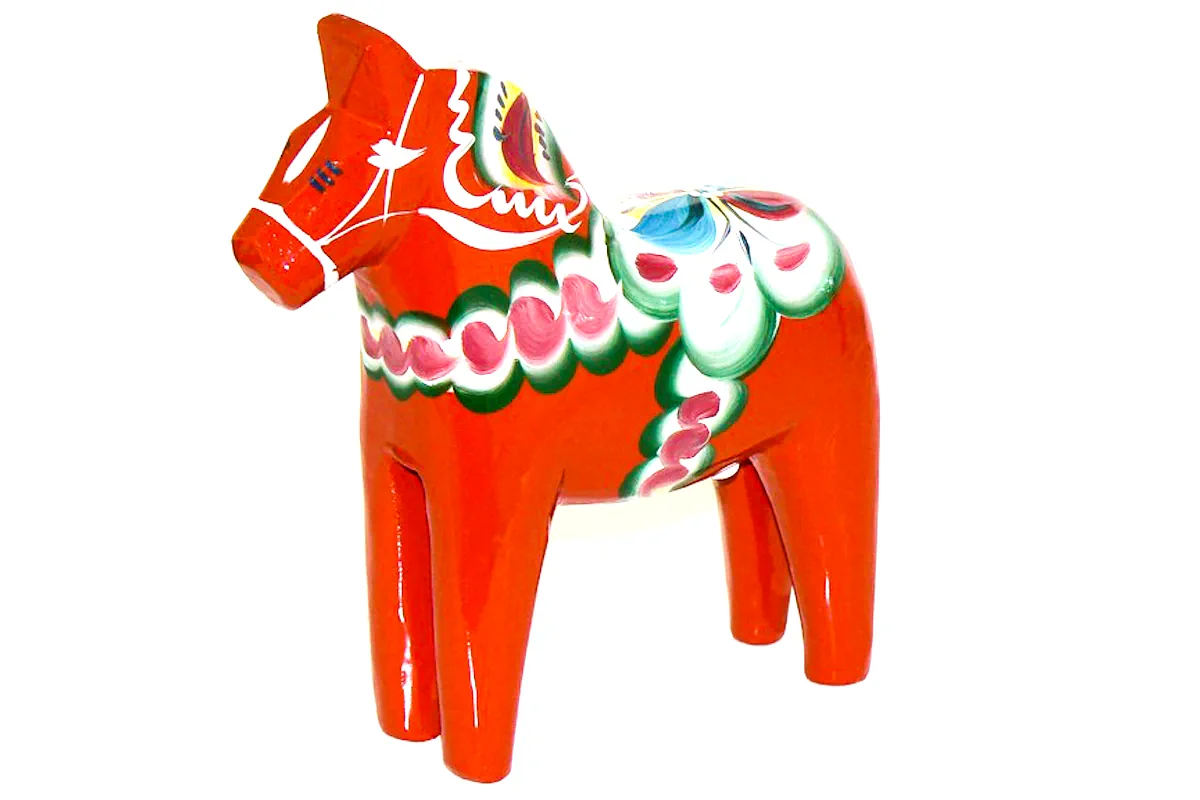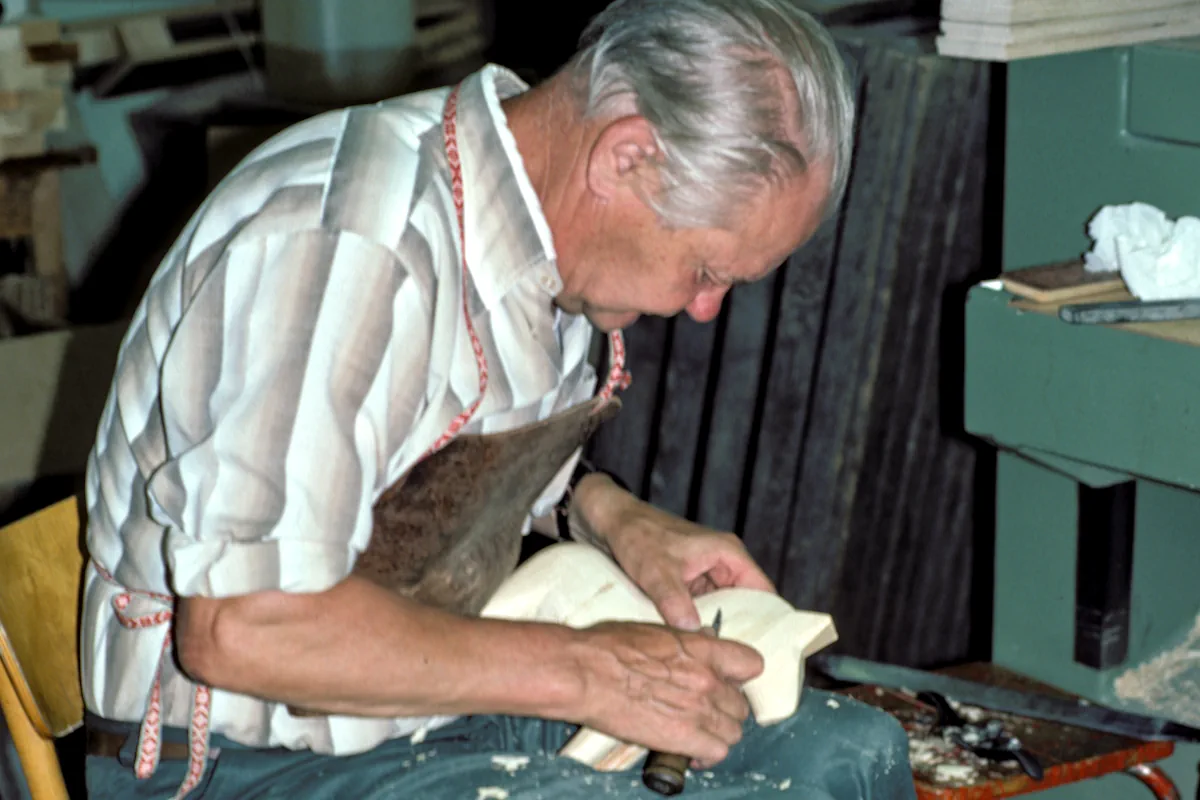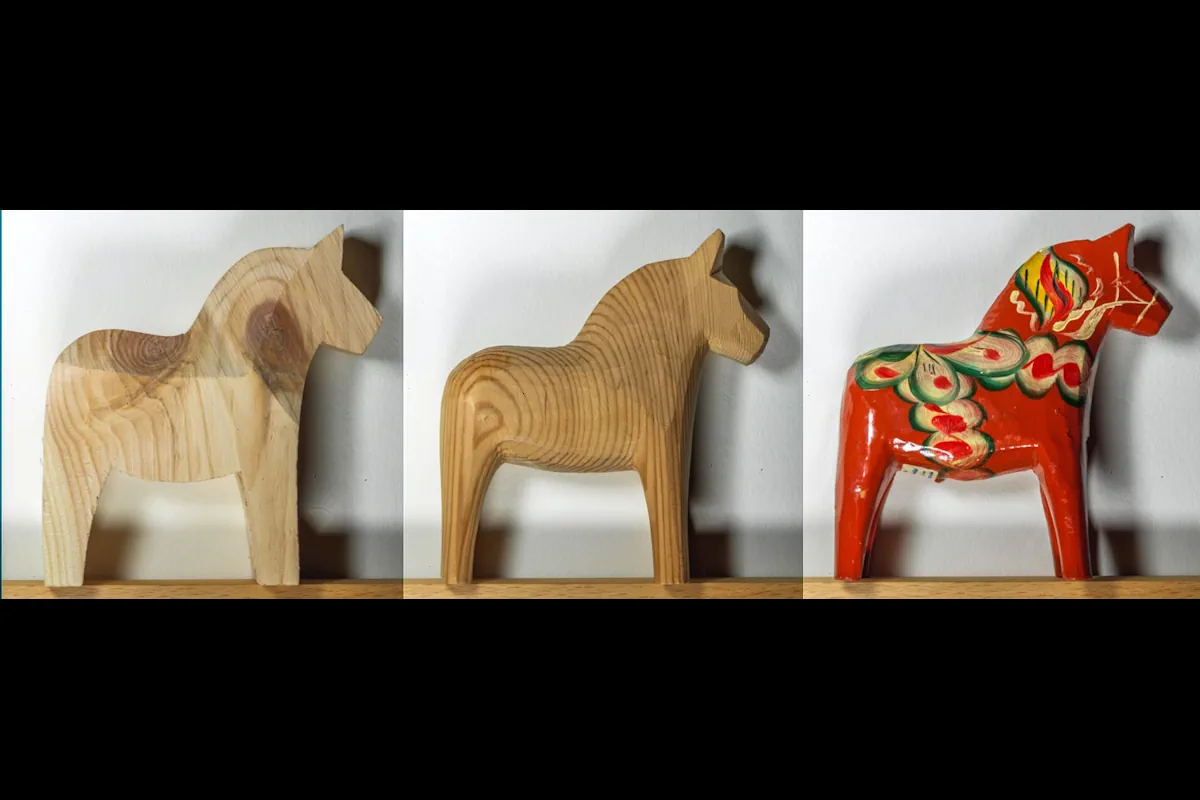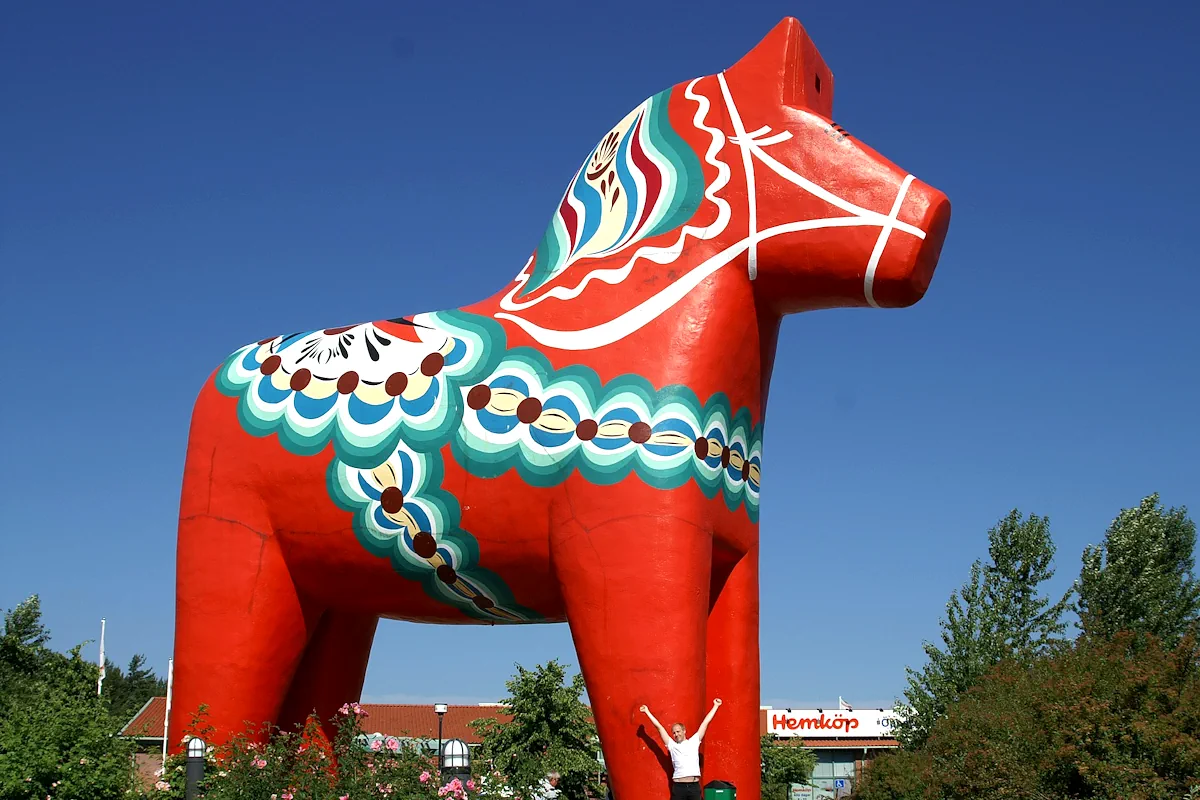
Explore Stockholm’s Neighborhoods: From Old Town to Urban Cool
From Södermalm to Djurgården, explore Stockholm’s neighborhoods—each offering unique charm, culture, and discoveries.

More than just a memento, the Dalahäst, or Dala horse, is a representation of Swedish culture that has enthralled tourists for many years.
The Dalahäst’s tale starts in the central Swedish forests of Dalarna, where lumberjacks would spend long winter nights carving wooden horses. Originally designed as children’s toys, these wooden sculptures symbolized more than just a toy; they also represented the significance of horses in rural Swedish culture.




Every Dala horse is a one-of-a-kind creation, painstakingly made using a traditional method:
When a gigantic replica of the Dalahäst was displayed at the World Exhibition in New York in 1939, it became well-known throughout the world. It has since spread throughout the world as a representation of Swedish craftsmanship and culture.
Visitors can travel to Nusnäs, a small village close to Lake Siljan, which is the center of Dala horse production. Here, you can:
Each Dala horse is unique.
For tourists looking for a genuine taste of Swedish culture, the Dalahäst provides the ideal fusion of tradition, art, and history.
[amazon_ads store=”sthlmmm-20″ asin1=”B005VTPM3U” img1=”https://m.media-amazon.com/images/I/51gyVeqYkuL._AC_.jpg” title1=”Traditional Wooden Swedish Dala Horse” asin2=”B0DKTC3LM8″ img2=”https://m.media-amazon.com/images/I/71eVDmNq-BL._AC_SL1500_.jpg” title2=”Dala Horse: Kitchen Towel” asin3=”B009ZXC7L8″ img3=”https://m.media-amazon.com/images/I/61vf+Eg7shL._AC_SL1200_.jpg” title3=”Dala Horse: Salt and Pepper Shakers”]
![]() The Dala Horse
The Dala Horse
![]() Dalahäst
Dalahäst